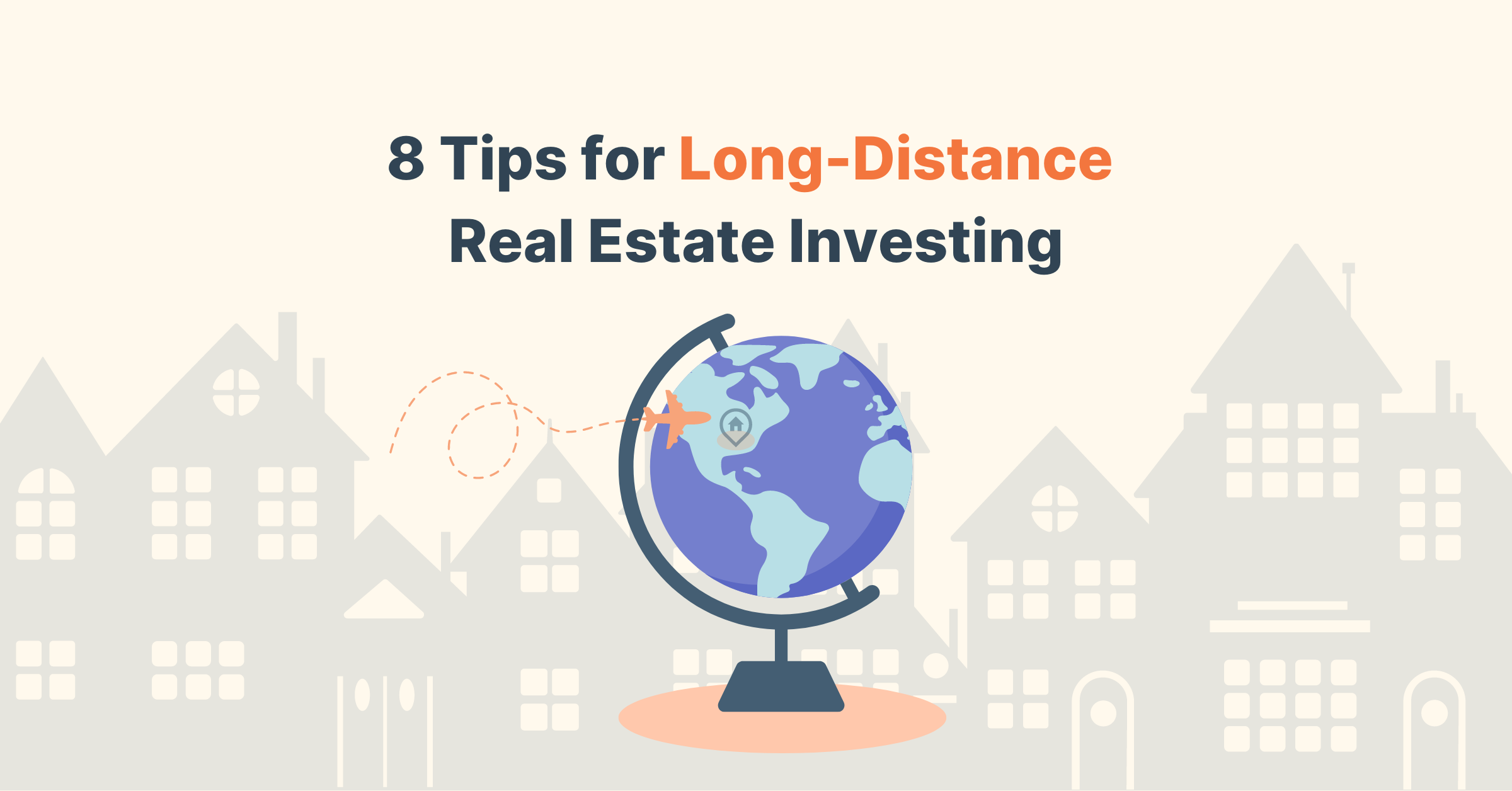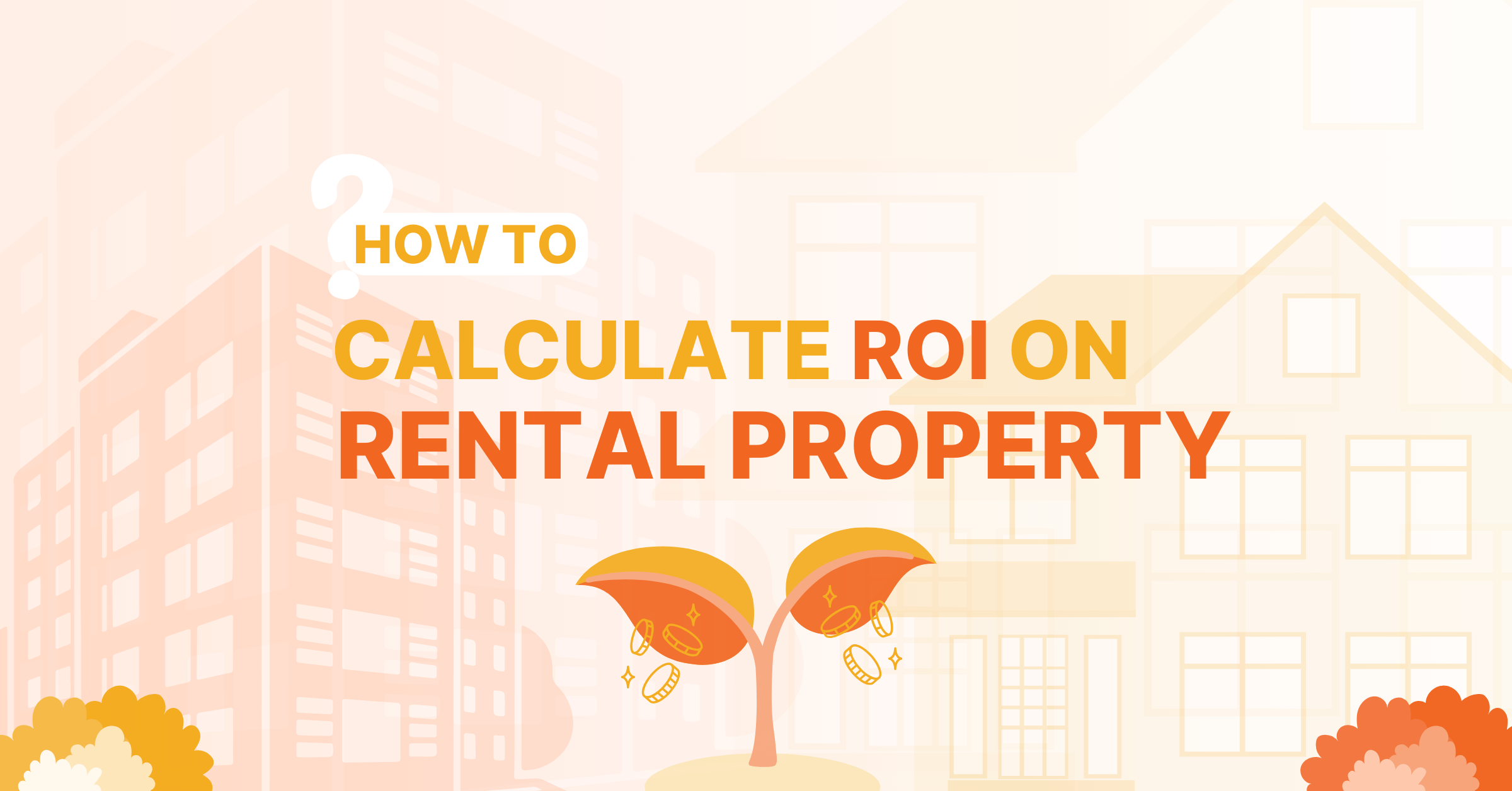The buy-and-hold market has produced a particularly strong ROI for investors across most of the country for the past several years. This investment model relies on a combination of appreciation (for net worth growth) and monthly rental rates (for recurring cash flows). So if you have increasing property values and qualified renters who are willing to pay rental rates that more than cover your property expenses, you’re set!
But what does 2020 hold in store for the buy-and-hold market? Is the state of the market still strong?
Where Buy-and-Hold Works in 2020 (and Where It Doesn’t)
Buy-and-hold works best in markets where:
- The population is growing, so you have an increasing demand for housing
- Job growth is strong, to attract new employees and help them afford housing
- Home prices are affordable, so you can afford to enter the market and quickly recover your initial investment
In 2020, markets such as Arlington, Texas; Orlando and Jacksonville, Forida; Colorado Springs, Colorado; and Columbus, Ohio, are working particularly well for buy-and-hold investors.
But over-valued and/or slow-growth markets are more difficult for buy-and-hold investors. In markets with exceptionally high property values (such as New York, Los Angeles, and San Francisco), it takes around 25 years for buy-and-hold investors to recover their initial investments. And in slow-growth markets (such as Chicago, Milwaukee, and St. Louis), investors may have a hard time finding qualified renters.
But these are only generalizations. It’s still possible to find solid buy-and-hold deals in these “difficult” cities. With investor tools such as PropStream, you can often find properties valued under market by searching for distressed properties. This will help you recover your initial investment faster. Especially if you invest in rehabbing your new property to instantly increase the property value and rental rates.
Buy-and-Hold Trends
Here are a couple buy-and-hold trends to be aware of in the 2020s.
More buy-and-holds and fewer fix-and-flips
Much of the U.S. is seeing cooler real estate markets than we’ve seen over the last few years. Values are still growing, but at a slower pace than we’ve been used to. This change in market conditions has naturally changed investor's strategies.
Remember, for the best fix-and-flip results, you need a hot market with predictable, aggressive growth. You want your property to appreciate in the 30-90 days it takes to rehab. But the buy-and-hold strategy is a patient, long-term approach. You’re looking for long-term growth, so you don’t need the current market to be red hot. For this reason, more investors are choosing the buy-and-hold method in the current market, while fewer are accepting the growing risk of fix-and-flips.
Buy-and-holds as short-term rentals
More buy-and-hold investors than ever are using their investment properties as short-term, Airbnb-style, vacation rentals. Airbnb experienced a 62.5% increase in guest arrivals from 2018 to 2019 and has seen a 45% year-over-year increase in bookings. This short-term model is attractive for investors in popular tourist markets because it commands higher nightly rates than traditional long-term rentals.
But be warned: short-term rentals require a lot more hands-on servicing. Alternative accommodations are still projected to increase in popularity through 2020. But because of the extreme growth, several cities around the world are now restricting short-term rentals. So do your local research before turning your buy-and-hold investment into a short-term rental.
Bottom Line
The buy-and-hold market generally produces sound returns, even under difficult market conditions. And 2020 is expected to be another solid year for buy-and-hold investors across most of the country. As long as your buy-and-hold property produces positive cash flows, you can wait out any periods of slow market growth.



